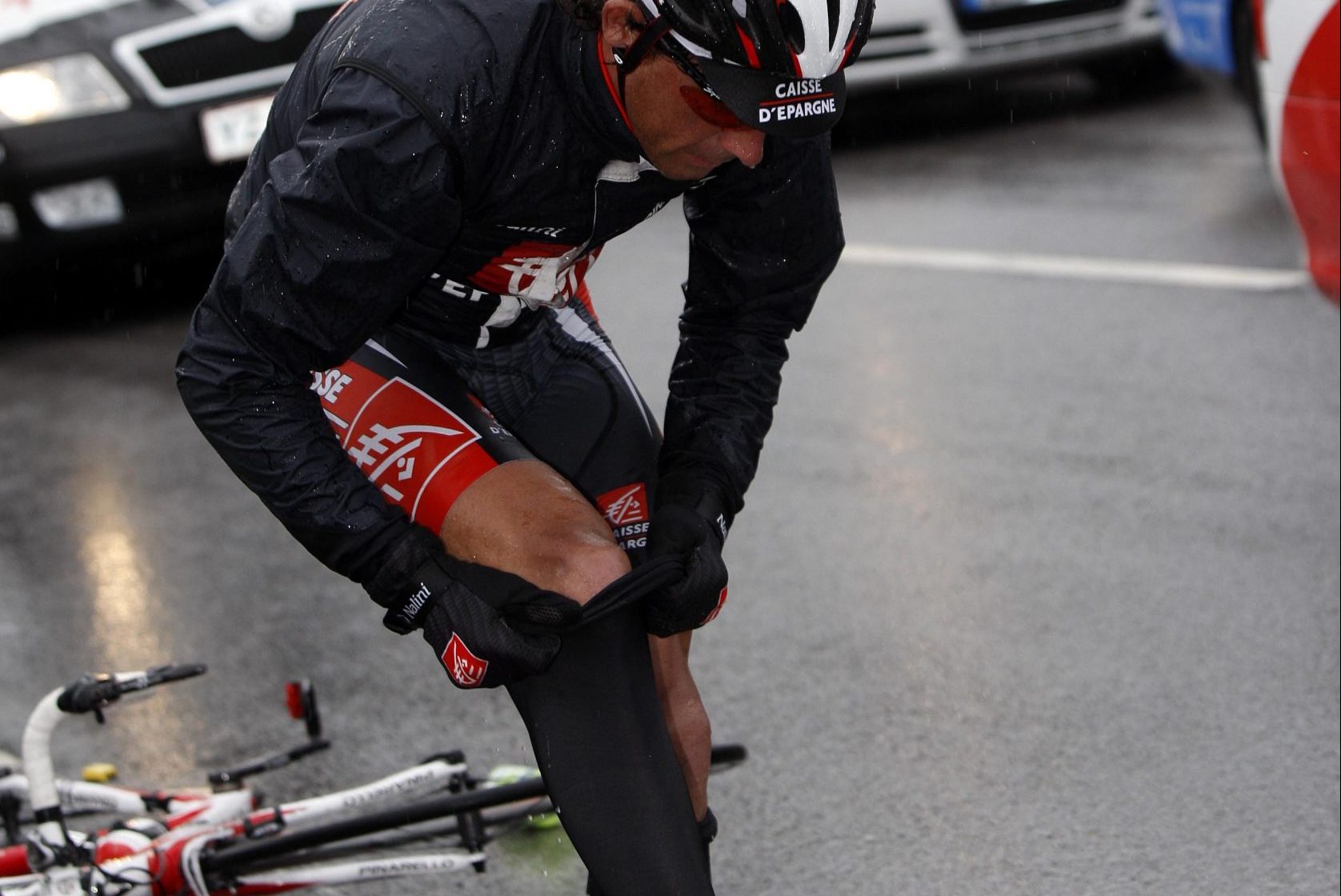ARM & LEG WARMERS/COOLERS
How to choose bicycle ARM & LEG WARMERS/COOLERS ?
Arm warmers are one of the most versatile ways to protect yourself in cold or changeable conditions. They come in plenty of different shapes and sizes, from heavy-duty thermal construction with windproof panels protecting your joints, to lightweight materials designed to fend off UV rays.
They can be worn with just about any jersey, then peeled off and stuffed in a rear pocket when the sun comes out, making them a quick and easy way to protect yourself from variable temperatures.
The use case options for arm warmers is a list as long as your arm itself. The humble arm warmers can serve as a backup option stuffed into your pocket on those warm-but-cloudy days, they can be paired with a short sleeve jersey to form a versatile replacement for your long-sleeved option, they can be pulled on at the top of a long Alpine descent at the height of summer. They can even form a second (or third) sleeve on the coldest of winter days, where a winter jacket and waterproof layer still don't cut it.
What to look for in a pair of arm warmers
Size and cut
Like most cycling gear, getting the right size warmers is paramount: too loose and they'll fall down; too tight and at best, they'll cause discomfort, but could lead to affected circulation and numb hands. The same applies when it comes to length: if they are too short, there will be an awkward, chill inducing gap below your sleeve; on the other hand, too much material will make for an uncomfortable bunch of fabric around your wrists.
When trying on warmers watch out for folds in the bend of the elbow. While some warmers are just a tube of fabric, others are articulated to accommodate bent elbows. The skin in this area is surprisingly sensitive, and over time bunched fabric can chafe, and will only get worse as sweat and/or rain is introduced. Watch out for warmers with lots of crisscrossing seams, as these are less pliable than the surrounding fabric and can often cause bind points.
Fabric
Most arm warmers are made from 'Roubaix' fabric, which is basically a fleece-lined lycra and nylon blend.
There are plenty of basic warmers on the market that are essentially just fabric tubes; however, some also see panels of windproof fabrics sewn in over the joints or have received a durable water repellent (DWR) treatment.
Grippers
As cyclists, we aren't known for our biceps, but thankfully, most arm warmers have silicone grippers around the top cuff to prevent them from slipping down our t-rex-like arms. Most brands place these on the inside of the cuff to grip the skin, while others place them on the outside, so they grab onto your sleeve.
DWR
Many warmers feature some definition of a durable water repellent (DWR) treatment. This is a fabric treatment that binds to the individual fibres and creates microspikes that increase the contact angle water droplets have with the fabric. These mini-pegs force droplets to maintain their surface tension and roll off the material rather than spreading out and seeping in.
DWR treatments are not permanent and wear off over time, however, there is a range of wash-in or spray-on treatments available. 10 minutes in the tumble dryer can do wonders for extending the life DWR treatments.
WHAT ARE LEG WARMERS AND KNEE WARMERS?

Leg warmers are designed to be worn with bib shorts when cycling. They are intended to be worn underneath your shorts, typically from the mid point of the thigh to the ankle. They're made from lyrca, and generally feature silicone grippers to hold them in place.
Knee warmers are a shorter version of leg warmers, and you guessed it, cover the knee joint, effectively transforming your bib shorts into a 3/4 length short. Although less popular than leg warmers, they can be very useful in certain conditions.
WHY WEAR LEG WARMERS?
Why not just wear a pair of tights you may be asking? While a pair of tights may do a similar job in chilly conditions, they are nowhere near as versatile.
Living in the UK, the weather can be very changeable. Often you start a ride first thing, feeling a little chilly, with the temperature around 8ºC only to rise.
Having a pair of leg warmers you can peel off and stuff in a jersey pocket is a great option. They are also really useful for riding in the mountains. Ahead of a long, chilly descent a pair of leg warmers can be a godsend. You will often see professional riders warming up in leg warmers, only to take them off before they take to the start line.
WHAT TO LOOK FOR
Quality pairs of cycling leg warmers are ergonomically shaped to accommodate a bent knee, allowing for good freedom of movement and to maximise comfort. With regards to size, we would suggest you opt for the same size you would normally wear for shorts.
- Choosing a selection results in a full page refresh.



















